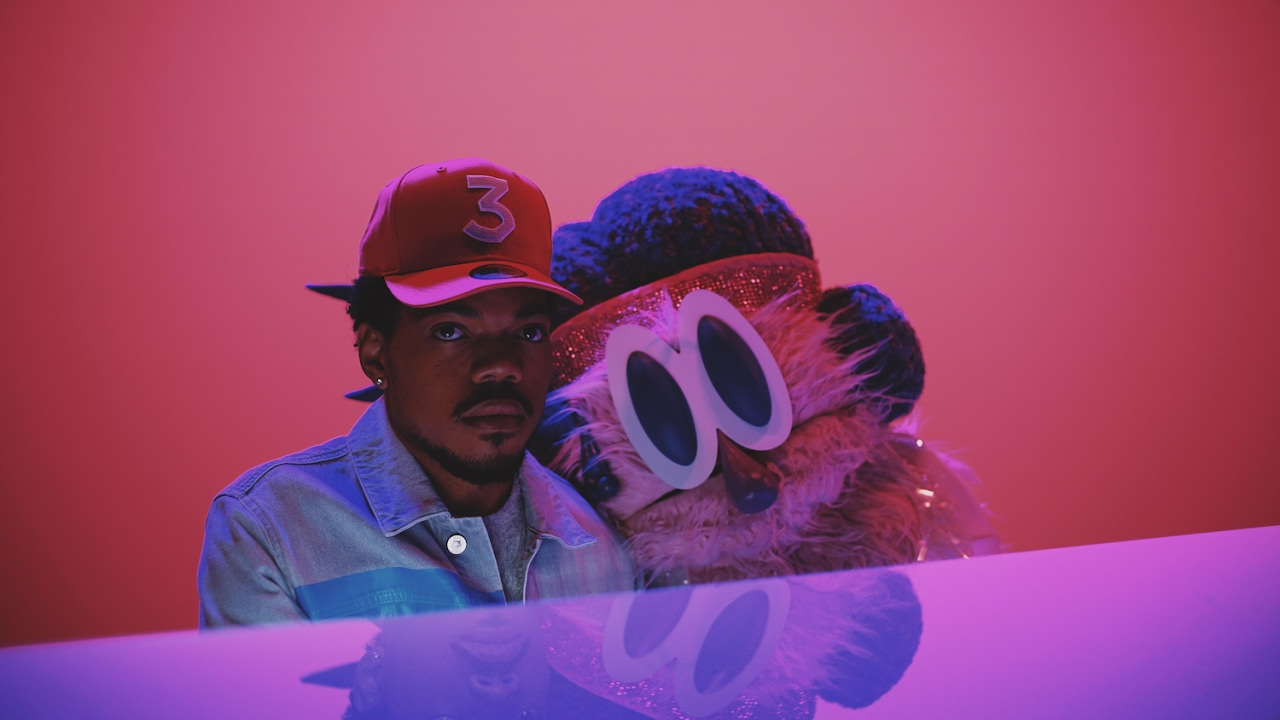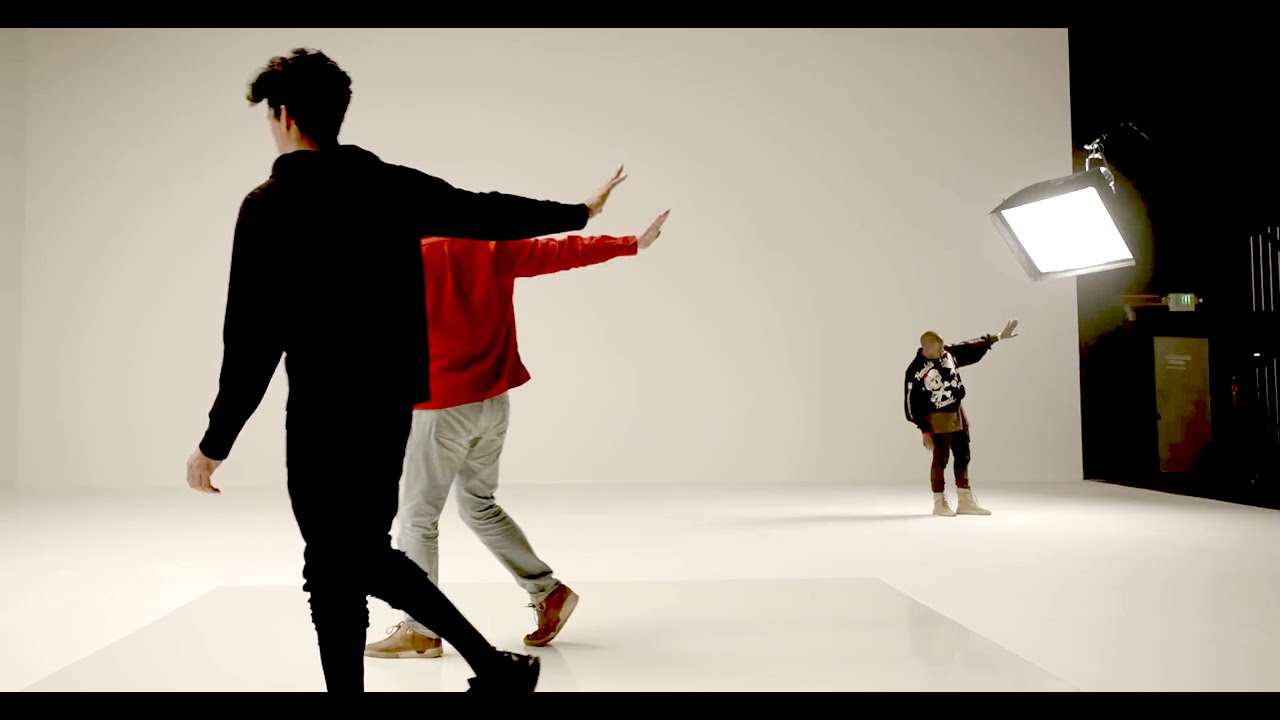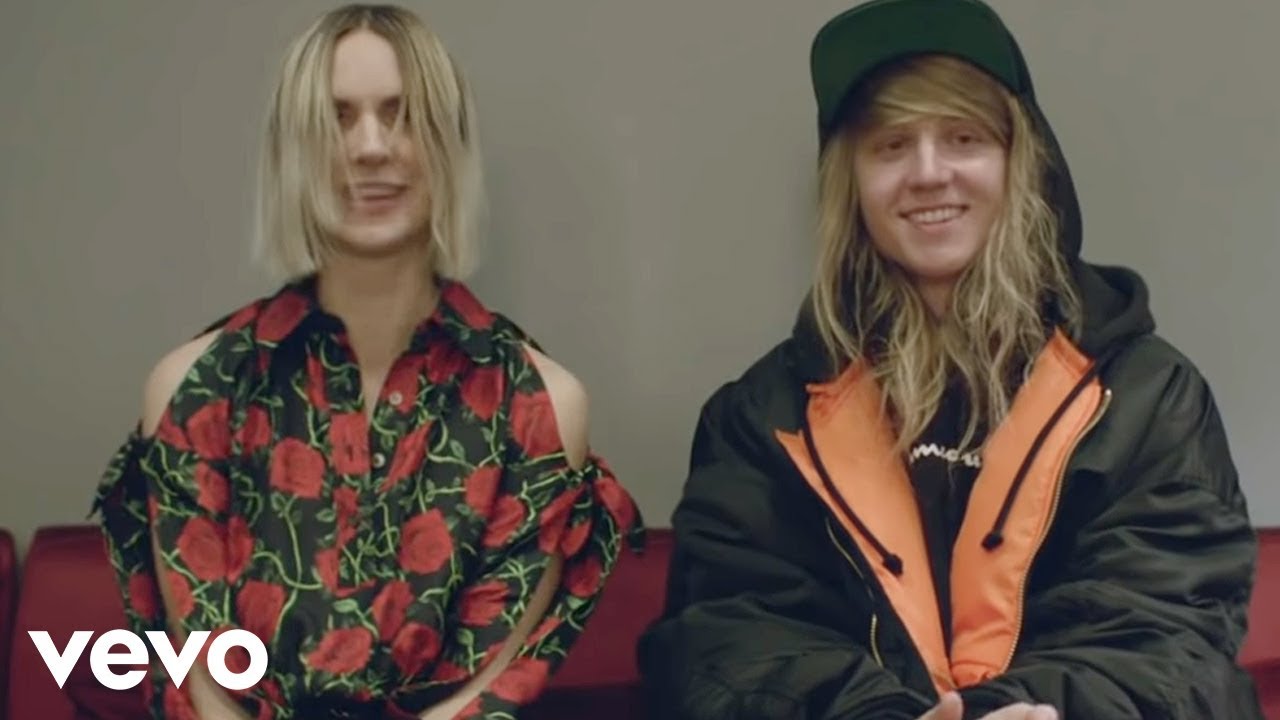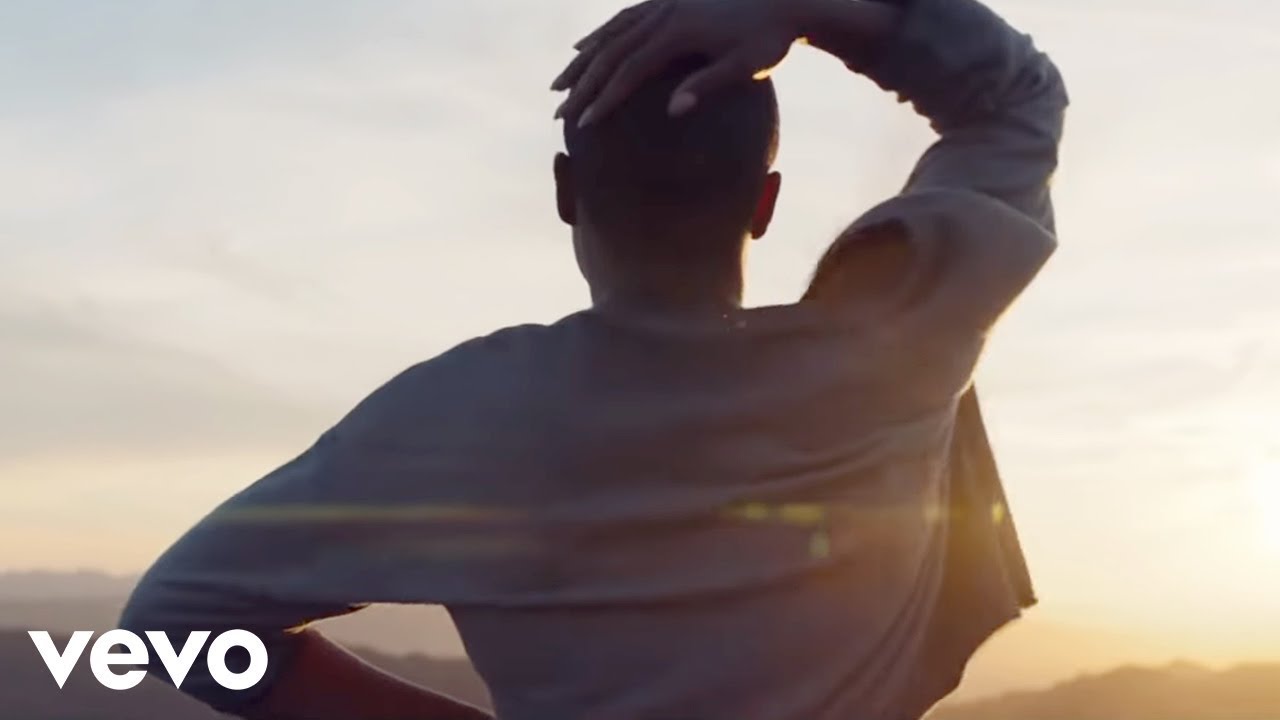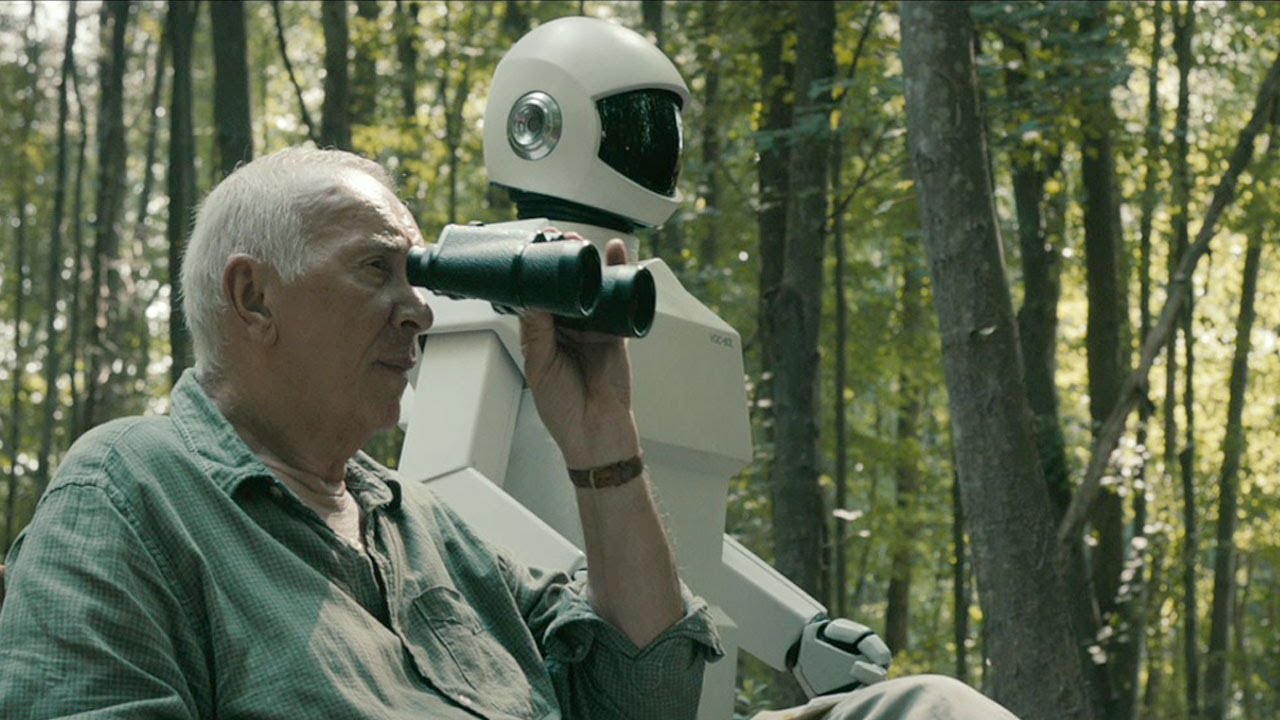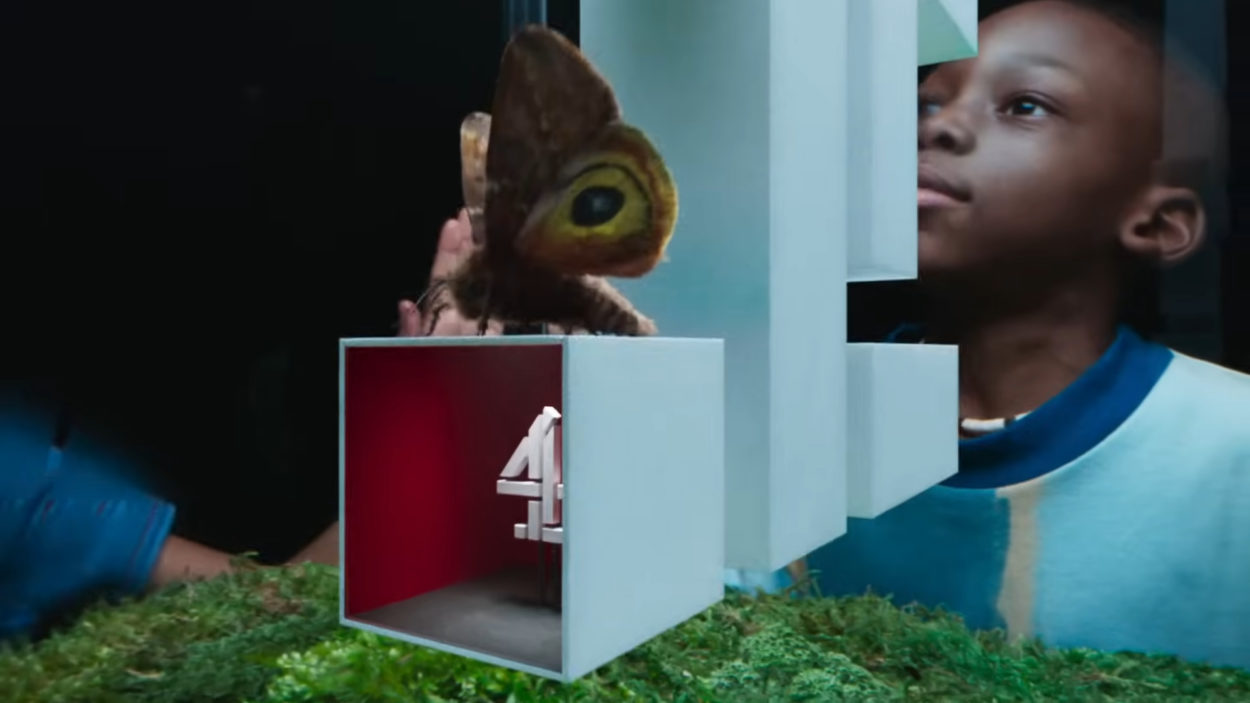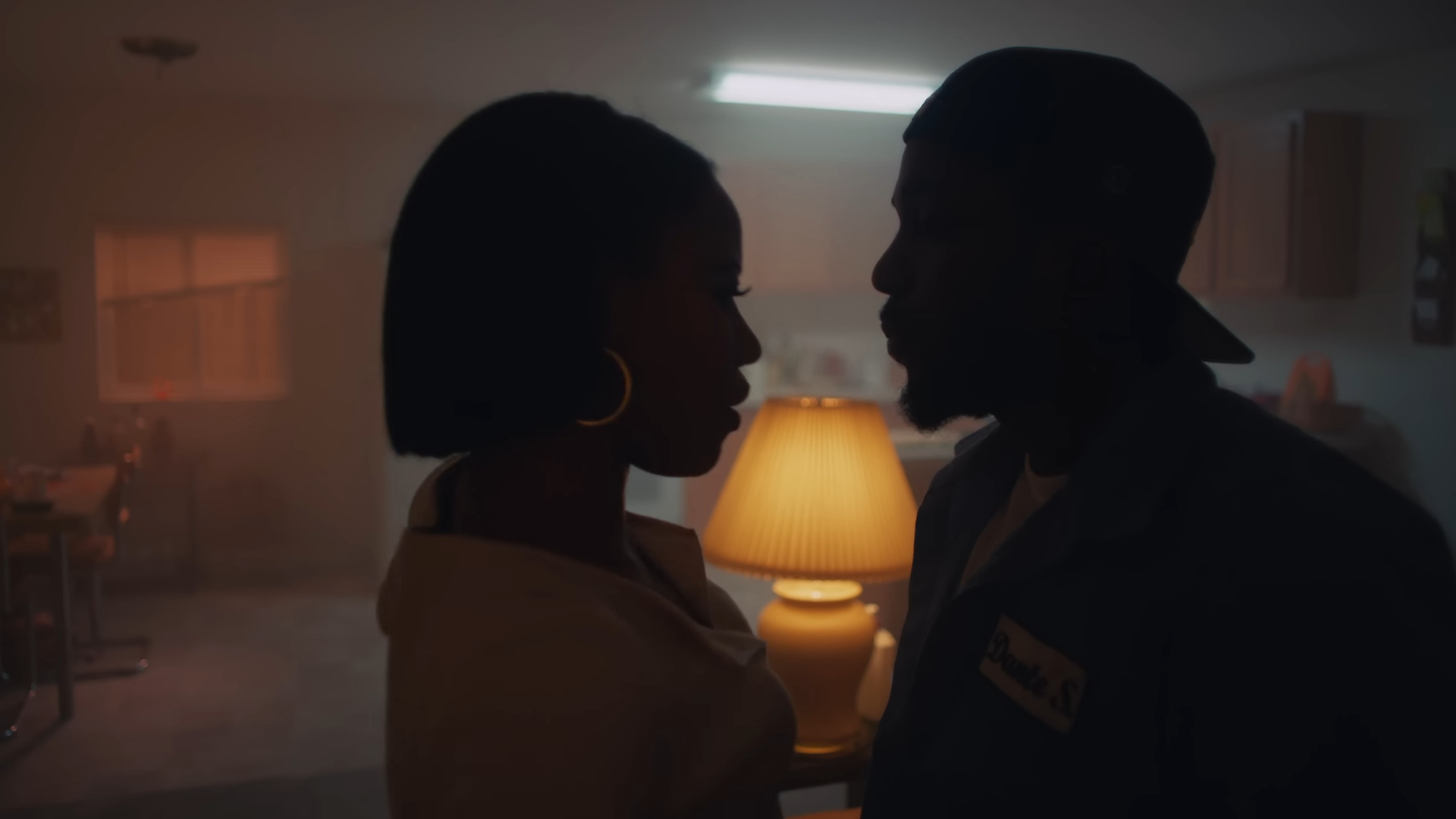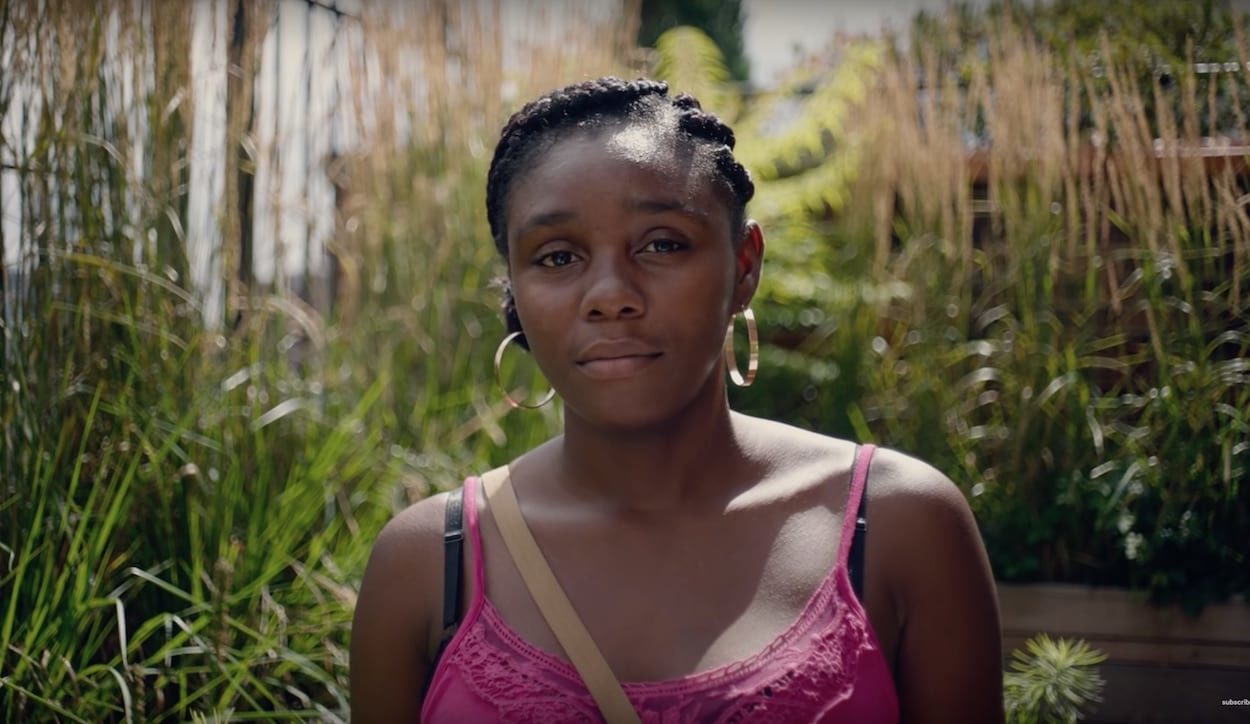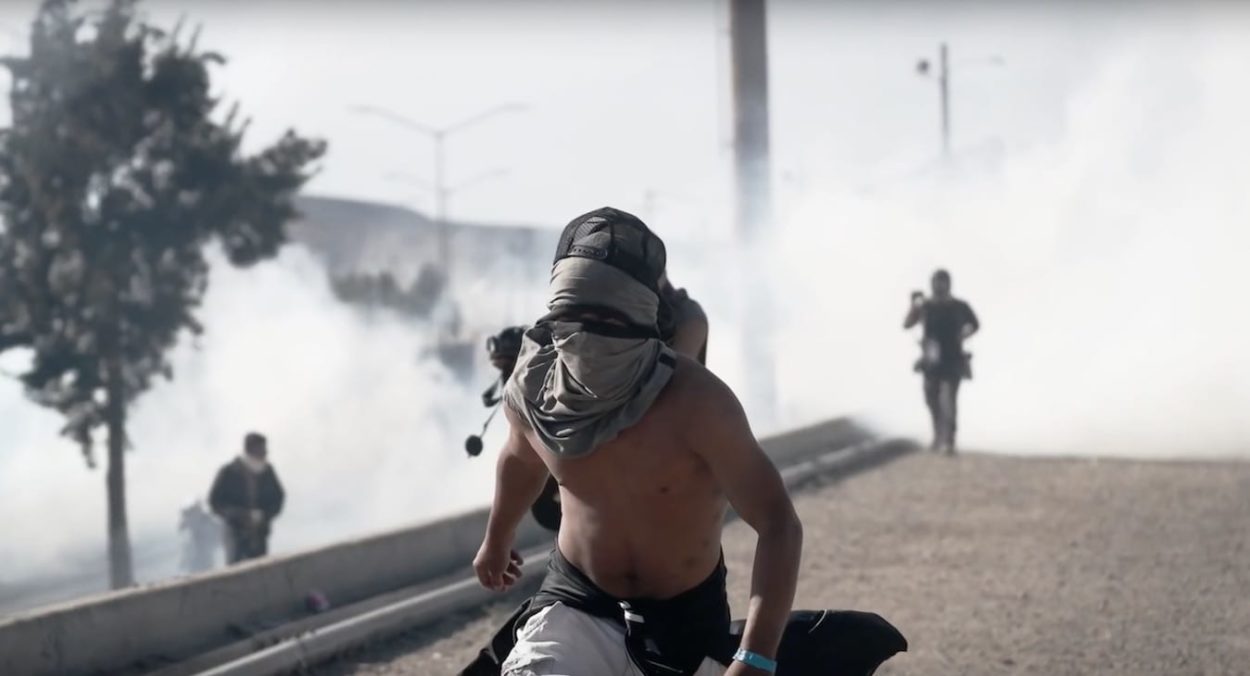To what extent did you pre-plan everything, especially the framing and the visual narratives, before the shoots?
Francis and I plan the videos out pretty extensively before the shoot. In the case of Friends there was a video test we did four months ahead of time that defined the camera move. For May I Have This Dance, and for some of the other ones we’ve done we use basic 3D software in After Effects to pre-visualize the camera move.
One thing that was nice about our latest video is that despite the specificity, we actually changed quite a bit about it in the week leading up to the shoot and even the day before. It was nice to have our system together enough that it could begin to accommodate some spontaneity.
Did these pieces come together easily in the edit, or did something unexpected emerge while cutting the footage?
Well, there’s no cuts, so it’s really just about making sure on set that you know you got it in-camera. We usually shoot until we get a take we know we’re happy with, then try a couple more as wild-cards, so the “edit” just becomes a decision between whether the wild-cards can beat the one we knew we liked.
They’re performance pieces but you resisted any singing to camera – was that ever an option you considered?
Francis and I come at music videos from a place of thinking they’re actually kind of a strange and compromised art form. This weird piece of art grafted onto an already existing piece of art: the song. So we’ve always tried to find ways to make them more “honest,” whatever that means. Lip-syncing always felt weird to us. In our early single- take videos, we actually had Francis perform live, so the video was a stand-alone piece of work. Later, to cater to the idea that YouTube is a place people actually want to be able to listen to the album track, we decided to avoid lip-syncing almost entirely, and just focus on dancing along to the track, which somehow felt more truthful to us.
You shoot your music videos with regular artists and there’s a feeling that creative relationships are important to you. Is there a creative language between you? How does the collaboration work?
Yes, well I’ve known Francis since we were 13, so there’s definitely a shorthand there. For me, a good music video should always feel like it comes out of the world of the artist. For that to work, direct collaboration is very important. I don’t really write treatments for songs that I’m sent anymore. Every video I’ve done in the last couple years has started as a conversation with an artist that I happen to know, and they’ve been heavily involved in the concepting and development of that idea. For “Same Drugs,” I saw Chance perform the song with that puppet on his tour, and just texted him that it would be cool to film that moment like an old children’s show. The rest of the idea developed between us over text, there was never a formally written version.
Francis and I will usually spend about a year talking about an idea before it actually gets filmed. It can start with something as simple as “we should do a video that highlights your dancing more.” Then we’ll add a lot, and start stripping it all away, and hopefully by the time we make it we’ve left only the most essential elements in the video.
Some of my favorite comments on the videos are when people think they must have been very easy or simple to make. For “Friends” we build a custom white wall, 20ft high, 80ft wide and 45ft deep. It cost about half the budget of the video and most people I think assume it was just part of the studio. They would find it silly how much went into them if they knew, but it’s better that way, it should feel effortless.
We love 9 (After Coachella) for Cashmere Cat which is completely different from your other MV work. The multi-layered narrative of lyrics, visuals and using subtitles to tell the story instead of being a translation tool is wonderful. Tell us please how the narrative evolved – did you write the script?
Yeah, that video was very different. Basically Magnus needed a video for that song, and Karen (Mø) was only in LA to be shot two days from when they called me. So I tried to think of an idea that could work with that. And I was also thinking about how I could make videos for Magnus that were “honest” in the ways the Francis videos are, because Magnus of course isn’t the kind of performer that Francis is. I had gotten to know Magnus and Benny through their work on the Francis record, and found their world very charming and unique. I thought it would be interesting to just try and make a very honest documentary about the people who had made the song. Mike MIlls’ “All I Need” video was certainly an influence.
It required Magnus and Karen to be very open and trusting, and allow their parents to be filmed as well. I was really grateful for that. It felt like the kind of video that could only be made amongst friends, and hopefully that feeling is conveyed. I wrote the text after we had shot everything, just responding to the visuals and stories that we’d learned from filming, but it wasn’t predetermined. On the first night we shot Karen, we had no idea where it would go.
Were there any major production challenges in making the films?
Every shoot has its own challenges. For Cashmere Cat it was how to shoot in three different countries, 8 different cities and for seven days on a 35k budget. Credit to Producer Alex Fisch at Park Pictures for pulling that off. For the Francis videos, it usually comes down to some detail that is very important to us, but makes the video astronomically more expensive rather than just using what’s available (like building a huge wall instead of just using a white-cyc). So we always have to navigate deciding what we can budge on and what we can’t.
Your feature film Robot & Frank cleaned up at Sundance four years ago and the coming- of-age Paper Towns came out in 2015 to great acclaim. Making movies is obviously now integral to your career and creativity so what is behind your choice to make short-form films like the music videos which have a completely different film language and style?
Yeah, it’s weird. I thought I was pretty much done with music videos, other than making them with/for Francis as long as he’s making music. The rest of the videos have really just come out of people I’ve met through Francis and who I think it would be fun to work with. You certainly don’t make any money doing them, so they’re only worth making if you can work with people who truly inspire you, and who care about the work as much as you do. I’ve been extraordinarily lucky to meet people like Chance and Magnus, and happy to work with them on things, but it’s been quite unexpected and lovely.
How important was it for you to go to Tisch to train in filmmaking?
It was important in that I met the friends and collaborators who I continue to work with and learn from: Christopher Ford, who wrote my first film. Jonathan Watts, who I directed my first videos with a decade ago and who’s now directing Spiderman. My friend Ben Dickinson who did a bunch of great videos The Rapture and LCD Soundsystem and who’s now making beautiful films. There was a whole group of us that formed called “Waverly Films,” and I feel like I owe those guys pretty much everything I know about how to make films.
SEE PRODUCTION STILLS: PRESS RIGHT ARROW ON CAROUSEL
LINKS

